 [I met Frank Cost this past April at the PhotoHistory/PhotoFuture Conference in Rochester, NY, which its organizers subtitled “A Three-day Conference on the Archaeology & Future of Photography.” Along with Kristen Watson from Pratt Institute in NYC, we took part in what the conference organizers called a “panel” titled “On and Above the Ground,” which actually consisted of three autonomous and minimally related presentations: mine of the Capa D-Day project, Watson’s on the legacy of Jack B. Swan, a young aerial photographer killed during WWII, and Cost’s on the significance of the emerging technology of digital drone photography.
[I met Frank Cost this past April at the PhotoHistory/PhotoFuture Conference in Rochester, NY, which its organizers subtitled “A Three-day Conference on the Archaeology & Future of Photography.” Along with Kristen Watson from Pratt Institute in NYC, we took part in what the conference organizers called a “panel” titled “On and Above the Ground,” which actually consisted of three autonomous and minimally related presentations: mine of the Capa D-Day project, Watson’s on the legacy of Jack B. Swan, a young aerial photographer killed during WWII, and Cost’s on the significance of the emerging technology of digital drone photography.
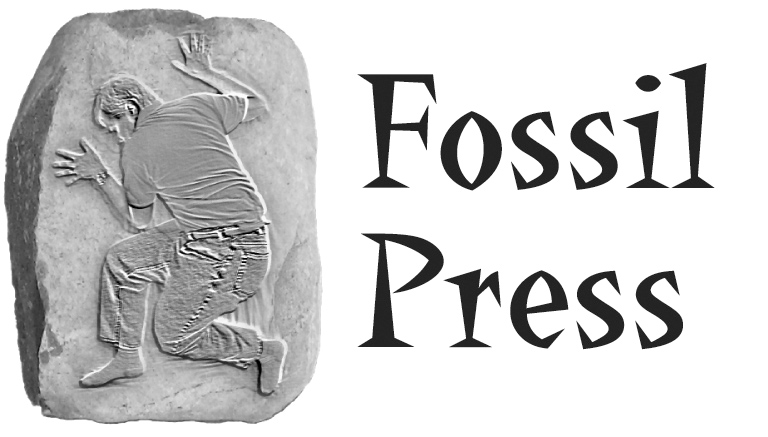 Frank works a day job as the James E. McGhee Professor, School of Photographic Arts & Sciences, Rochester Institute of Technology. On his own time he makes his own photographs, self-publishing them (using the imprint Fossil Press) via various print-on-demand systems. He had a selection of these volumes on display during the conference, and while they all had their quirky charms I found his “instant book” series fascinating both in conception and execution.
Frank works a day job as the James E. McGhee Professor, School of Photographic Arts & Sciences, Rochester Institute of Technology. On his own time he makes his own photographs, self-publishing them (using the imprint Fossil Press) via various print-on-demand systems. He had a selection of these volumes on display during the conference, and while they all had their quirky charms I found his “instant book” series fascinating both in conception and execution.
We got to talking, one thing led to another, and I invited him to contribute a Guest Post on this 21st-century approach to bookmaking. The second part appears below; click here for Part 1. — A.D.C.]
•
The Evolution of the Instant Photobook Project (b)
by Frank Cost
… Each of my instant photobooks documents a familiar experience that might otherwise go unnoticed. The photographs in Pilgrimage were captured during a 2017 walk from 28th Street on the west side of Manhattan to the East Village, where one of my children spent his college and young-adult years.
Off-Year Election captures my experience voting in the 2017 election in our district in Brighton, New York.
Sledding on Cobbs Hill is about an experience familiar to everyone who grew up in snow country.
Toys Were Us chronicles a trip to the iconic toy store during a liquidation sale prior to the company going out of business.
(For an online version of Toys Were Us, click here.)
March 17 was made from images captured during a walk during the 2018 St. Patrick’s Day Parade in Rochester, New York.
[Editor’s Note: Using the links above, you can order any or all of the above titles from Amazon, at $5 each plus shipping.]
•
With this latest series of instant photobooks, I have found a formula that seems to work well for the kinds of stories I’m trying to tell. Depending on the nature and duration of the event, I choose an interval of anywhere from one second to ten seconds. More densely populated and animated situations call for shorter intervals, sparsely populated and slower-moving events for longer intervals.
With the camera hanging around my neck at mid-chest level and firing at a regular interval, I go about my business. Using a silent electronic shutter makes it impossible to keep track of when the exposures are made, although I am generally aware that the camera is recording a wide-angle view of what I am facing at each interval. If the camera is set to fire on a one-second interval, I expect to end up with 600 frames in ten minutes, and 3,600 frames in an hour.
Only a small percentage of frames will be candidates for inclusion in a book. The first round of selection will usually result in the elimination of 80-90 percent of the frames. A second round will eliminate another 20-30 percent. The remaining images will then be dropped directly into an Adobe InDesign book template, where they will be evaluated in the context of the others. Once in codex form, it is easier to assess the strength of each image in sequence, and make final decisions about inclusion and sequencing to clarify meaning. It helps to impose limits of the page count of a book to roughly 100 pages, give or take 20 pages. A 100-page book will contain approximately 50 two-page spreads. This helps to discipline the selection process.
The constraint of time imposed by the self-imposed necessity of finishing the book on the same day makes it impossible to look too deeply into the images or second-guess my choices. I also have no time to bring anyone else into the selection or sequencing process.
The first opportunity I have to study the details in the images is after I receive the first printed copy of the book in the mail. In every case I have been delighted by aspects of the images or coincidental relationships that I never observed at the time the exposures were made, nor even when I assembled the book. In this sense, I am able to preserve a level of surprise for myself that is impossible in the normal slow, deliberate book-making process.
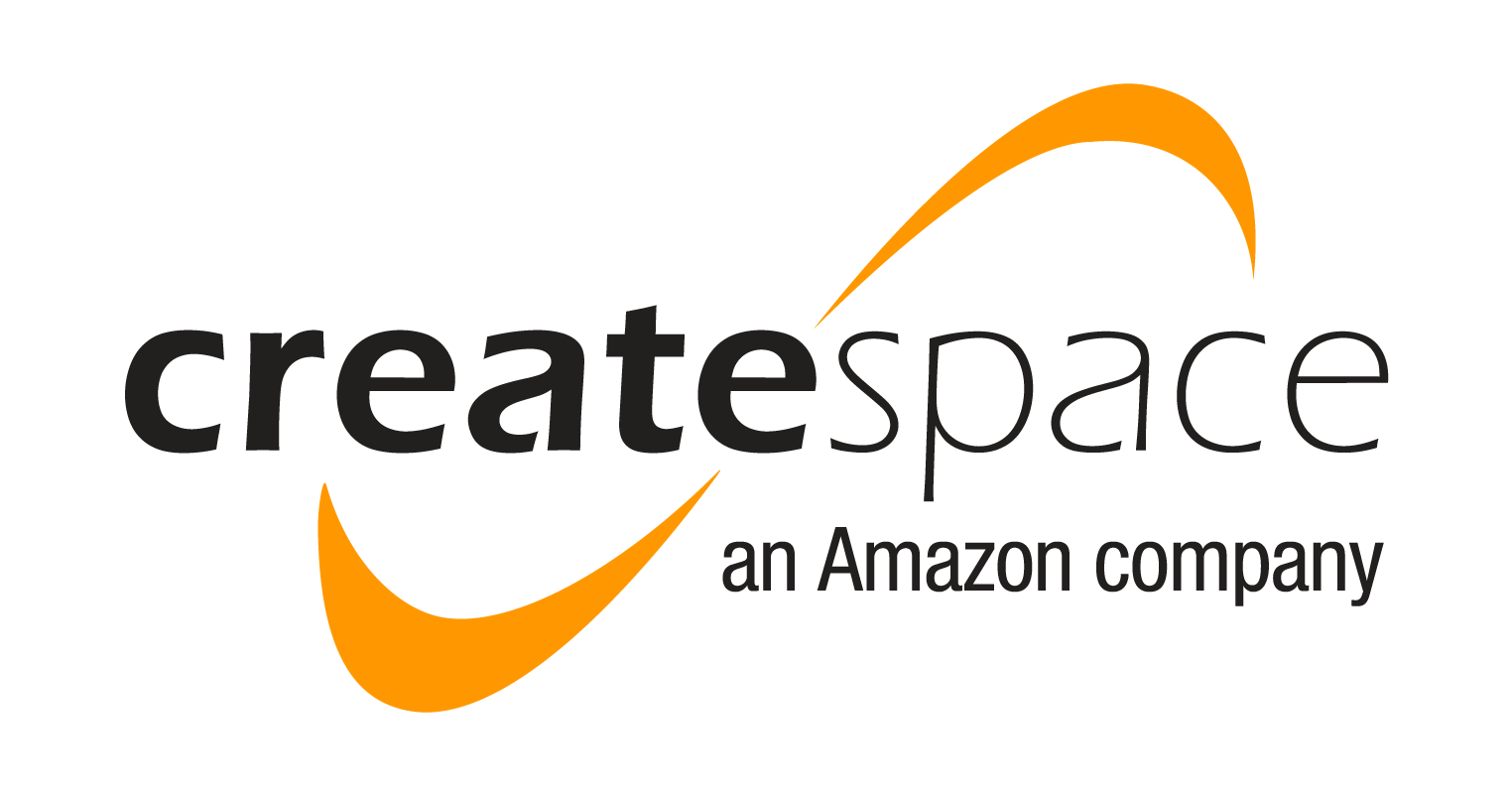 With traditional books I have created, I can hardly stomach looking at the finished work once it exists. I am painfully aware of all the details, and will simply fan through the book to see the result flash quickly before my eyes. With instant books, I tear open the package from Amazon and devour my own work to see it in detail for the first time. If nothing more, the instant photobook is a supremely self-indulgent form of publishing.
With traditional books I have created, I can hardly stomach looking at the finished work once it exists. I am painfully aware of all the details, and will simply fan through the book to see the result flash quickly before my eyes. With instant books, I tear open the package from Amazon and devour my own work to see it in detail for the first time. If nothing more, the instant photobook is a supremely self-indulgent form of publishing.
But I do think there is more to it than that. Photography has the potential to liberate our vision, enabling us to appreciate direct experience and be utterly surprised by what we see. William Henry Fox Talbot, the English inventor of the negative-positive photographic process, described this liberation in his book The Pencil of Nature:
It frequently happens, moreover — and this is one of the charms of photography — that the operator himself discovers on examination, perhaps long afterwards, that he has depicted many things he had no notion of at the time. Sometimes inscriptions and dates are found upon the buildings, or printed placards most irrelevant, are discovered upon their walls: sometimes a distant dial-plate is seen, and upon it — unconsciously recorded — the hour of the day at which the view was taken.[1]
Fox Talbot was surprised by the unedited view of reality that came from the camera, and he and his contemporaries were thrilled by it. However, soon after its invention, people began to figure out ways to turn photography into a servant of their ideas. But the original gift of photography remains, if we can somehow find a way to reclaim it. All other forms of art allow us to say things about the world. Photography is the only form of art that also lets the world say things back to us.
But how best to listen to what the world is saying? This quest has driven my photography in the direction that eventually led to the instant photobook as it now exists. Throughout this evolution I have sought more effective ways to suppress my own vision and silence my own voice so that I could better see and hear what the world was trying to say to me. And it turns out that in some cases, the world has incredibly interesting things to say. The instant photobook is my best attempt to serve as a transparent medium between the intelligent external world and the reader.
In his famous rant against photography in the mid-19th century, Charles Baudelaire said,
But if [photography] be allowed to encroach upon the domain of the impalpable and the imaginary, upon anything whose value depends solely upon the addition of something of a man’s soul, then it will be so much the worse for us! … Each day art further diminishes its self-respect by bowing down before external reality; each day the painter becomes more and more given to painting not what he dreams but what he sees.[2]
With my instant photobooks, I strive to do nothing more than to bow down humbly before external reality, and share that experience with others.
(Part 1 I 2)
•
[1] Fox Talbot, William Henry, The Pencil of Nature (New York: Da Capo Press, 1969).
[2] Mayne, Jonathan, ed. and translator. Charles Baudelaire, The Mirror of Art (London: Phaidon Press Limited, 1955).
•
Frank Cost is the current James E. McGhee Distinguished Professor in the School of Photography at Rochester Institute of Technology. The professorship was created in the late 1960s by the photography industry, led by the Photo Marketing Association and Eastman Kodak Company, to study emerging trends in consumer photography and prepare graduates to become innovators in the industry. That mission continues to the present day, although the leading industry players in consumer imaging are almost completely different from the original founders of the professorship.
Cost has been photographing professionally since 1975, and has authored both textbooks and experimental photobooks exploring new forms of graphic expression enabled by digital technologies. He has taught a wide variety of courses in the field of visual media for more than three decades. He received a B.A. in World Studies from Eisenhower College in 1976 and an M.S. in Computer Science from RIT in 1987. A selection of his recent work can be seen here: https://cias.rit.edu/faculty-staff/2. He can be contacted at frank(dot)cost_(at)_rit(dot)edu.


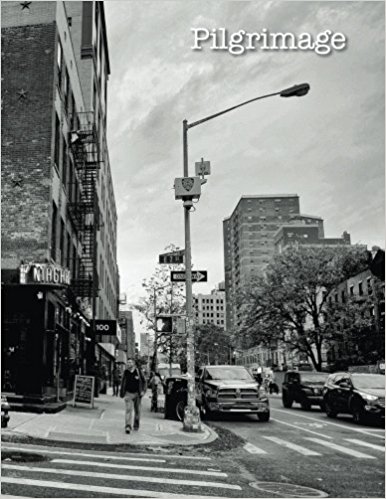
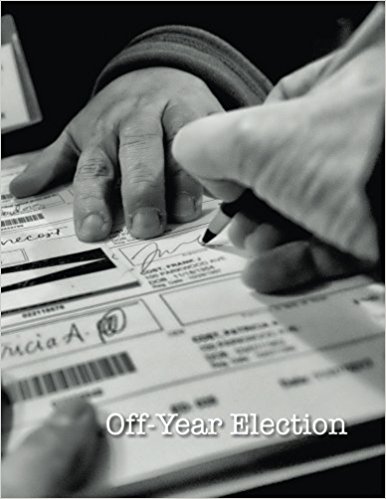
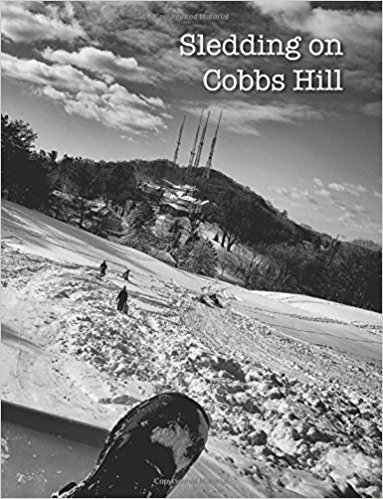
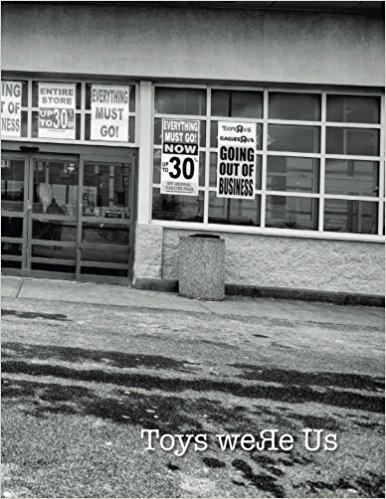
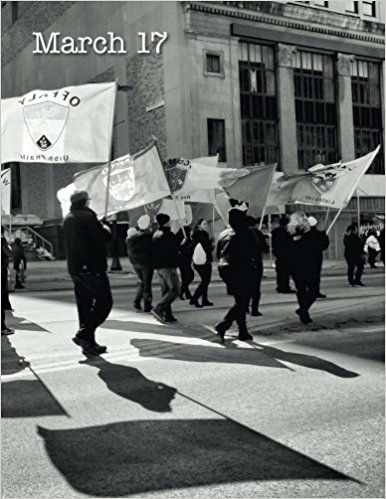
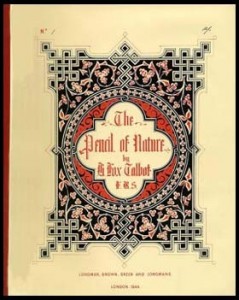





I think Garry Winogrand would have loved your ideas.
I wish I could go back and show Garry Winogrand one of these books. I think one of my motivations has been the fear of becoming a digital version of him, leaving behind millions of unseen images stored on hard drives for future generations to fret over.
As in the earliest days, picture creators need patrons to edit and buy their art.
Today the patron is an unseen entity that will find its whey between the art maker and the viewer.
I have no idea what the author of this comment means by it.
In “the earliest days,” art was neither bought nor sold; “picture creators” made their images for ritual, ceremonial, educational, or entertainment purposes for themselves to share with members of their tribes.
Nowadays patrons don’t normally “edit” the art of those they support. And patronage — private, corporate, institutional, governmental — is hardly “an unseen entity” in our time: Witness the intense scrutiny of the Sackler family’s efforts to launder the blood money they derived from the opioid crisis through massive donations to cultural institutions.